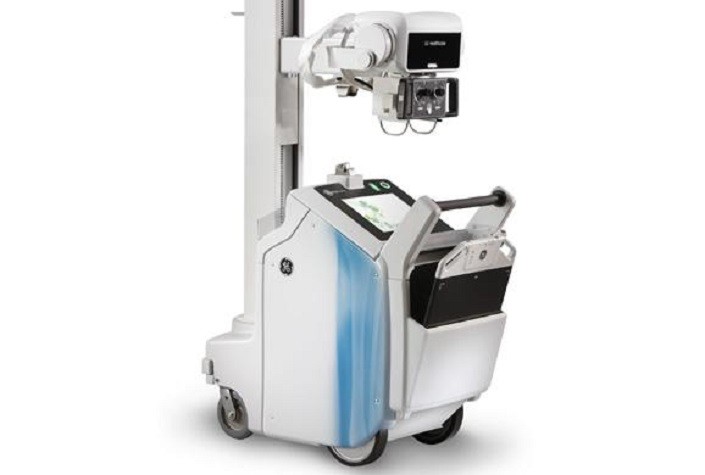Diagnostic imaging is well known across the globe with number of devices such as MRI, X-ray, CT scan and other devices used for viewing various structures within the body and determine presence of tumor in case of cancer. Diagnostic imaging devices have numerous advantages in the field of orthopedics, oncology, dentistry, and other major areas of medicine. These devices also monitor the disease condition thereby helping the healthcare provider to decide the line of treatment.
Diagnostic imaging describes a variety of non-invasive methods of looking inside the body to help determine the causes of an injury or an illness, and to confirm a diagnosis. It is also used to see how well your body is responding to a treatment for an illness or a fracture.
The type of imaging your doctor uses depends on your symptoms and the part of your body being examined. They include
- X-rays
- CT scans
- Nuclear medicine scans
- MRI scans
- Ultrasound
Many imaging tests are painless and easy. Some require you to stay still for a long time inside a machine. This can be uncomfortable. Certain tests involve exposure to a small amount of radiation. For some imaging tests, doctors insert a tiny camera attached to a long, thin tube into your body. This tool is called a scope. The doctor moves it through a body passageway or opening to see inside a particular organ, such as your heart, lungs, or colon. These procedures often require anesthesia.





No comments:
Post a Comment